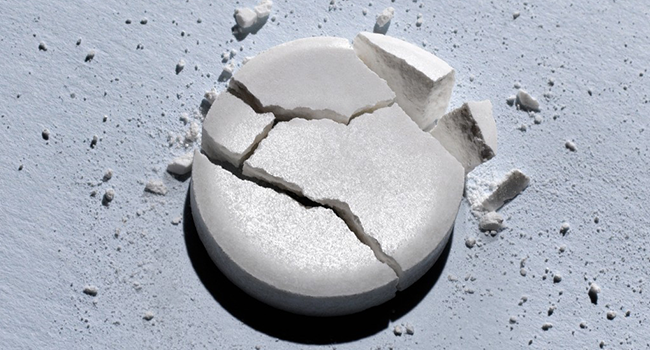Alcohol abuse is characterized by poor work performance, legal issues and having difficulty among social situations as well. Alcohol use not only affects the person using it, but it impacts their family and friends’ lives as well. There are many ways an alcohol addiction can affect the person using it as well as those around them. However, a person who abuses alcohol continues to use alcohol despite the negative consequences he experiences.
A fact that many people do not realize, or even choose to ignore is that alcohol consumption may be linked to the increased risk of developing cancer. The information following this investigation is stunning, and research also shows the majority of people do not even know the risk. However, the scary truth is drinking alcohol can increase your chance of developing some cancers.
Drinking alcohol has been correlated to causing head and neck cancer, especially in the mouth, where alcohol intake begins. Alcoholics or heavy drinkers are at least two times more likely to develop cancer in their mouth or throat than others who are not regular boozers or if they do not booze at all. Once you pair alcohol consumption with tobacco use, the likelihood of developing cancer within the mouth and esophagus are exponentially higher.
Liver disease is a well known effect of drinking alcohol, but the development of liver cancer is something that is not talked about as often. Research is unwavering that alcohol use is damaging to the liver. However, we should also be aware that liver damage and cirrhosis of the liver can lead to liver cancer due to the damage already done to the liver.
Women, who ingest high amounts of alcohol, likewise have a greater chance of developing breast cancer. Research shows that women who have three or more drinks a day have an increased risk of developing breast cancer. It further shows even women who drink once a day still have an elevated risk of developing breast cancer. Alcohol raises the levels of estrogen within a woman’s body, which could be the cause of the elevated risk of breast cancer among women who consume alcohol. Drinking over a long period of time also considerably increases women’s chances of developing breast cancer as well. One’s body produces the necessary amount of estrogen, so altering that amount has been linked to the increased risk of developing breast cancer among many studies. The more one cuts down on her drinking, the lower her chances of developing breast cancer due to alcohol consumption will be.
Additionally, alcohol intake has been associated with the increased development of colon cancer. Heavy drinkers, as shown in the other cases, have an elevated risk of developing rectal cancer as well.
By definition cancer is the uncontrollable division of abnormal cells within the body or parts of the body. When cells are damaged by alcohol, altering the genetic makeup of them, the cells then become abnormal, taking a dangerous step toward the augmentation of cancerous cells. The breakdown process of ethanol, which is found in all alcoholic beverages, is a toxic chemical that damages the genetic makeup of the body. Alcohol may even get in the way of the body’s natural absorption of nutrients, leading to the mutation of cells and the boost of cancer cells within the body. Alcohol also increases the amount of estrogen found in the bloodstream, which is linked to breast cancer. Another risk factor associated with alcohol consumption and the development of cancer is linked to the effect alcohol has on body weight. Drinking adds more calories to one’s diet, and if excess amount of calories are added, then the person risks becoming overweight, and being overweight has been shown to increase the risk of cancer among individuals as well. Alcohol has also been linked to suppressing the immune system and prohibiting the body from absorbing needed nutrients into the body. Therefore, making the body more susceptible to the maturation of cancer. The amount of potential harm to the body and the likelihood of developing cancer from consuming alcohol far outweighs the benefits of drinking.
What can you do to decrease the dangers of developing an alcohol related cancer? Keep track of how much you are drinking. Your liver cannot tell how much you are drinking, so you must keep up with how many drinks you ingest in order to reduce your risk of developing any of the cancers listed above. Keeping up with how many drinks you have can also help you cut back on drinking because you will be aware of how many drinks you are taking into your body. Regular intake of alcohol creates a tolerance within your body. Try taking breaks from drinking or, at very least, decreasing your alcohol intake. Also note, even drinking only a little alcohol increases your chances of developing cancer. Even if you choose to continue drinking, you should be aware and consider the liabilities involved with alcohol consumption.














